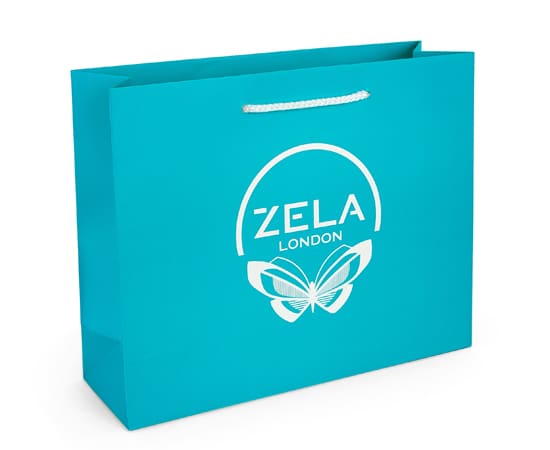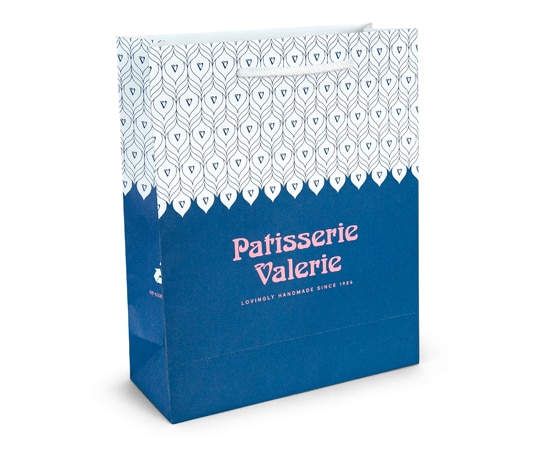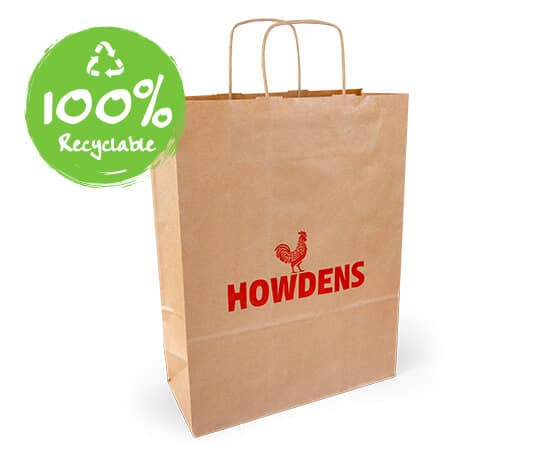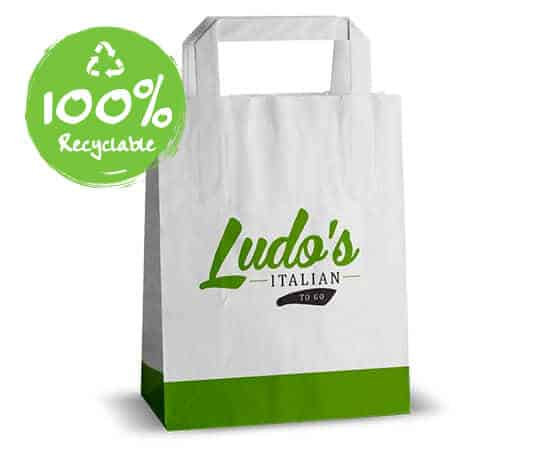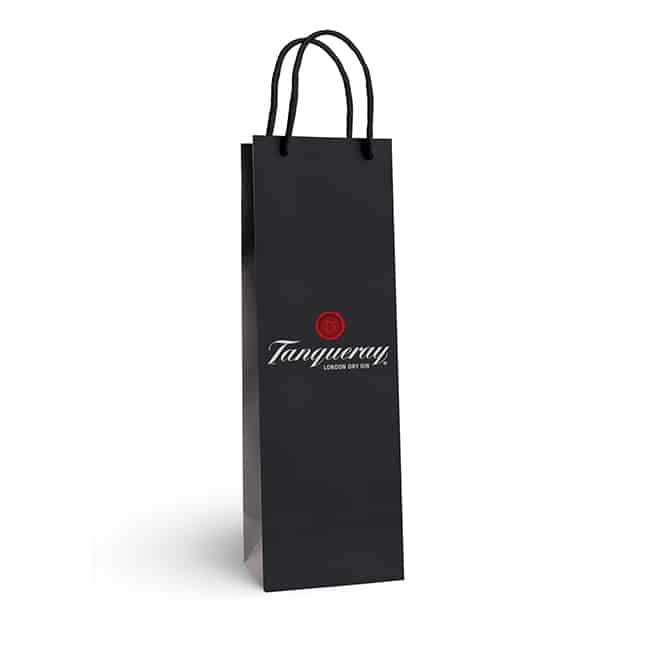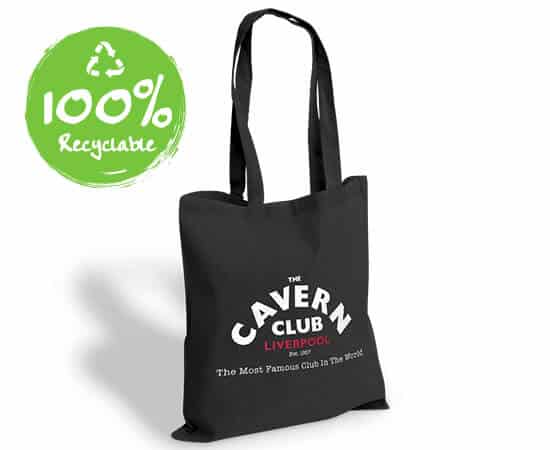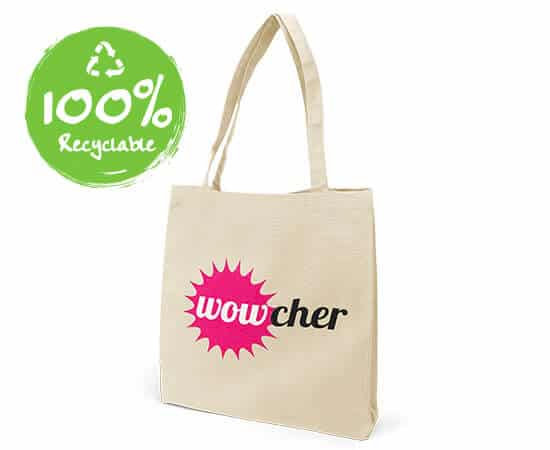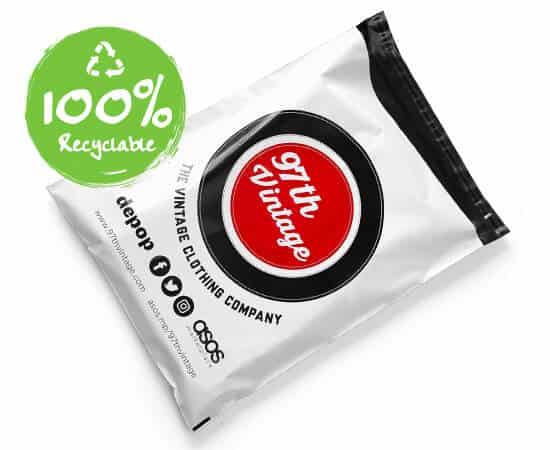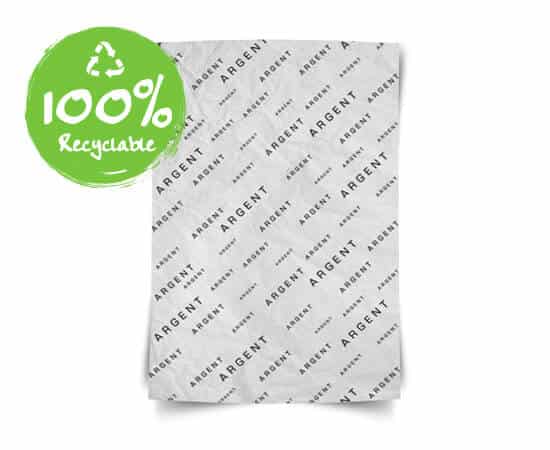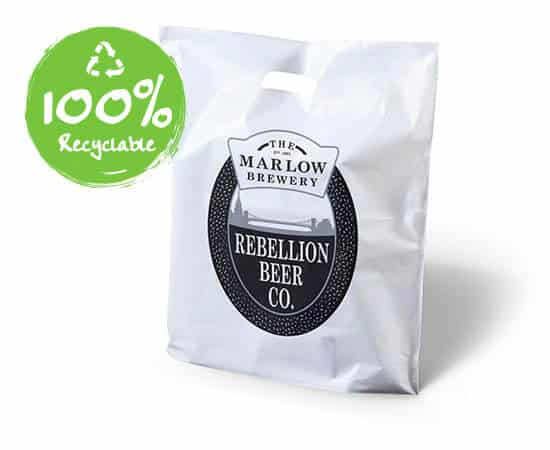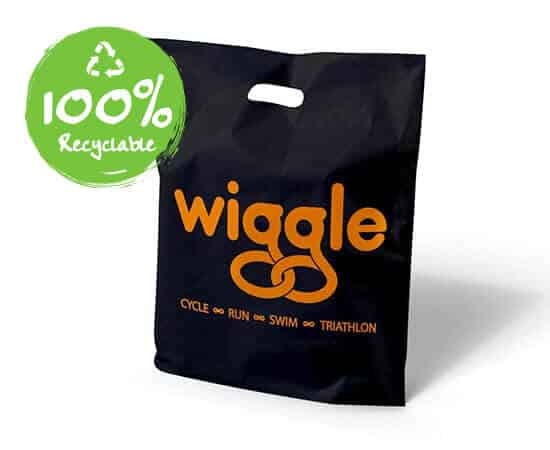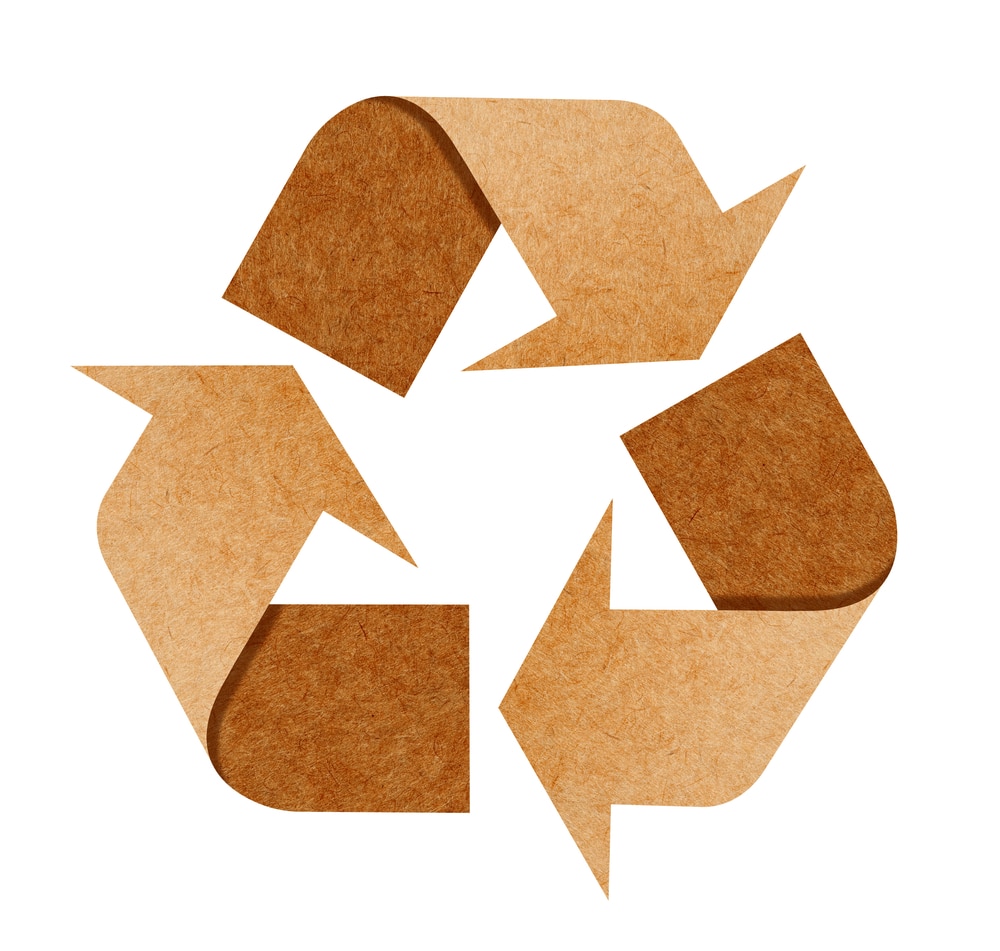
From bags to bin & back again: the life cycle of paper
Paper is one of the materials that helps our world go round. Despite the increase in digital technology and more and more offices going ‘paperless’, we’re not quite there yet and we still use an incredible amount of paper in everyday life.
But have you ever thought about where the paper that makes up your bags, your shopping list, your receipts, comes from?
We have! And we use paper every day – we have four products in our range of printed paper bags, as well as using the stuff for our printed tissue paper and food wrap.
So, we thought we’d shed a little light on this super special material, and give you a little more insight into how it’s made, where it’s used and how it’s recycled.
Bring out the big red book – paper, this is your life.
Phase 1: Transforming the Tree
As we all know, our humble notebooks start life as wood, as trees in a forest. Trees are so important to our planet, and as such it’s vital we recycle as much paper as possible – but you already knew that.
Paper can either come from trees that have been purposefully felled, or from wood scraps from lumber processing (which is known as pre-consumer waste). The type of paper produced normally depends on the sort of wood being used – hardwood trees have short fibres which are best for smooth writing and printing paper, and softwood trees with longer fibres tend to be better for durable materials like cardboard.
The wood from the tree is first processed into chips, and then into a pulp. From there, the pulp is sprayed onto screens which drains all the water and lets the fibres start to bond together into the paper we know and love. Once that’s done, the pulp gets rolled through felt cylinders to make sure all the water is gone, and then rolled again to make it into a nice thin sheet of paper – voila!
After the sheets are all rolled out, it’s time to get chopping. The sheets are put onto huge reels and transferred to what’s called a converter – this then cuts the paper up into different sizes (ie A4, A5) ready to be used.
Then, to complete Phase 1, the paper is distributed to stores, printers, and anywhere else that needs it!
Phase 2: In our hands
This point in the process is where most of us first encounter paper in our daily lives – when we start using it! We won’t list all of the uses for paper here, as you probably have jobs to go to and our attention span just ain’t that long, but let’s just say that whether it’s your morning newspaper, the post-it note you use at work, the receipt from your coffee or the printed paper bag you take your food home in, paper is an integral part of all of our lives.
What’s important is that in this Phase, the fate of the paper is in our hands, as the consumer. Whatever we use it for doesn’t matter – what’s key is that we recycle it. There’s so many ways to do this now; paper bins in every office, recycle banks at the supermarket, and even not printing if we don’t have to.
According to an article from letsrecycle, quoting figures released by the Confederation of Paper Industries, UK paper recycling rose to 78% in 2011 – so in terms of the amount we’re recycling, we’re doing pretty good! And it can only get better in the future as more of us become environmentally conscious.
Phase 3: Bringing the paper back to life
For the paper that does get recycled – great news! This is not the end of the road.
First, the recycled paper is collected, and taken to a facility where it gets separated out according to the type of paper it is, ie. newspaper, cardboard etc. This is because paper mills repurpose different types of paper in various ways to make new products – recycled paper doesn’t always turn back into plain old paper. It can be used to create items like masking tape, bandages, insulation and much more.
Once it’s been separated, the paper is then made into pulp again – and turned back into its original cellulose fibres. It is then cleaned of any extra stuff like glue or staples by going through screens and spinners, and even ink can be removed by washing the pulp with a special type of soap.
The recycled pulp is then often mixed with fibre from freshly felled trees, or sawdust from lumber millls, in order to make it stronger and smoother.
And from there, we’re back to the part of Phase 1 where the pulp is sprayed onto screens, and it all starts over again!
Recycled paper which is made from household and office waste is normally called ‘post-consumer waste recycled paper’. Each time paper is recycled, the fibres in the paper become a little bit shorter and weaker, and this means that paper cannot be recycled indefinitely – it can survive up to 7 times before it becomes unusable.
If you love paper as much as we do, why not invest in some beautiful bespoke laminated bags to promote your brand? You can get in touch with our super friendly team of printed bag experts by calling 0191 268 7555, or emailing sales@theprintedbagshop.co.uk.


